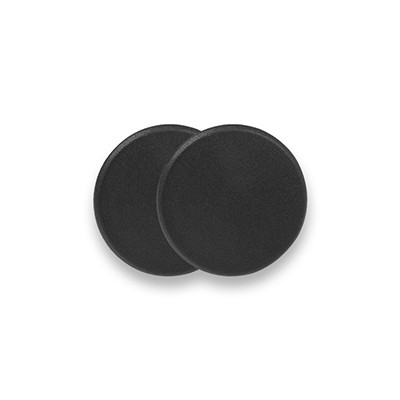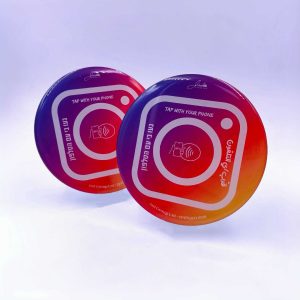In the realm of apparel and footwear retail, complexities abound, spanning production, supply chain intricacies, and the perennial challenge of efficient inventory management. The traditional stalwart, barcoding technology, once the cornerstone of identification, now falters under the weight of modern demands. Enter Radio Frequency Identification (RFID), a technological powerhouse transforming the retail landscape.
Unveiling RFID Technology
RFID, or Radio Frequency Identification, is a cutting-edge solution for automated object and individual tracking. Comprising RFID tags and readers, this wireless communication system employs radio frequency signals. RFID tags, equipped with a microchip and antenna, harbor encoded data, enabling seamless wireless interaction with RFID readers.
As the cost of RFID implementation plummets, with tags now priced as low as 4-5 US cents, major players in the retail arena are championing its cause. Retail giants like Walmart, Target, H&M, and Zara are pioneering RFID integration, revolutionizing store and warehouse operations. Walmart’s mandate to suppliers in 2022 for RFID-tagged packages underscores the technology’s rising importance.
The Reshaping Impact on Apparel and Footwear Industry
1. Elevated Inventory Management
RFID orchestrates accurate, real-time inventory tracking from manufacturing through distribution to retail. UHF RFID labels adorn items and supply boxes, enhancing inventory control, minimizing stockouts, and reducing overstock predicaments.
2. Supply Chain Efficiency Unleashed
Automation takes center stage with RFID, streamlining receiving, counting, and sorting processes. This results in enhanced operational efficiency, cost savings, and a reduction in manual errors within the apparel and footwear supply chain.
3. Optimized Product Availability
Rapid item location and restocking become reality, ensuring a continuous supply of popular products. RFID-labeled apparel and footwear, strategically placed, elevate customer satisfaction and boost sales.
4. Seamless Checkout Experiences
RFID transcends traditional checkout woes. Readers swiftly identify multiple items, minimizing waiting times for customers. Handheld readers, boasting high read rates, empower store owners to manage quick checkouts seamlessly.
5. Bolstered Loss Prevention
In combating the 100 billion USD issue of retail shrinkage, RFID tags emerge as a formidable ally. Integrated with security systems, they detect and deter theft, mitigating losses and enhancing profitability.
6. Enhanced Customer Experience
RFID-laden apparel and shoes pave the way for personalized shopping experiences. Real-time inventory information facilitates click-and-collect services, in-store navigation, and tailored recommendations, culminating in heightened customer satisfaction.
7. Sustainability via RFID
RFID contributes to sustainability endeavors by optimizing inventory management, curbing overproduction, and enhancing overall supply chain efficiency within the apparel industry.
In conclusion, RFID technology emerges as a game-changer, offering unparalleled benefits to the apparel and footwear sector. From operational optimization to heightened customer satisfaction, RFID’s impact is transformative. UHF RFID labels, coupled with readers, usher in precise inventory control, swift checkouts, and improved profitability, steering businesses toward success. Embrace the RFID revolution; your retail journey will never be the same again.
















